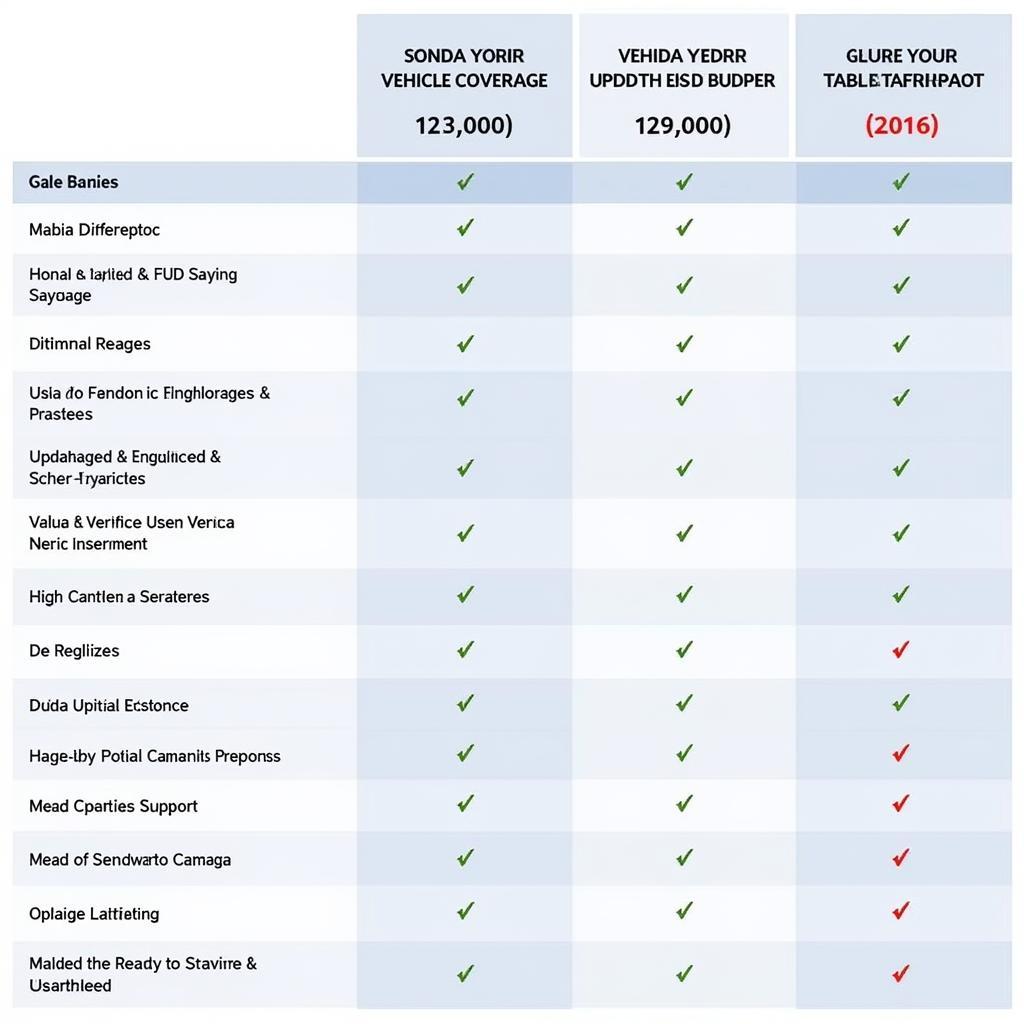The data bus diagnostic tool for General Motors vehicles is an essential piece of equipment for any mechanic or car enthusiast. It allows you to communicate with the various electronic control units (ECUs) in your vehicle to diagnose and repair problems.
Understanding the GM Data Bus System
Before diving into diagnostic tools, it’s crucial to grasp the basics of the GM data bus system. This network acts as the vehicle’s central nervous system, enabling communication between various modules like the engine control module, transmission control module, ABS, and airbags.
Think of it as a highway carrying crucial information. A malfunctioning data bus can lead to a host of problems, from engine performance issues to faulty dashboard readings.
Why You Need a Data Bus Diagnostic Tool
A data bus diagnostic tool for General Motors vehicles is not just a luxury; it’s a necessity for anyone serious about maintaining and repairing their GM vehicle. Here’s why:
- Accurate Diagnosis: Pinpoint the root cause of issues instead of relying on guesswork, saving you time and money on unnecessary repairs.
- Access to Critical Data: Retrieve and analyze vital information from various ECUs, including fault codes, live data streams, and system parameters.
- Advanced Troubleshooting: Perform bi-directional controls, such as activating components or resetting adaptations, to diagnose complex issues effectively.
- DIY Repairs: For the tech-savvy owner, a data bus tool empowers you to perform many repairs yourself, avoiding expensive trips to the mechanic.
[image-1|gm-data-bus-diagnostic-tool|GM Data Bus Diagnostic Tool in Use|A mechanic is using a GM data bus diagnostic tool to troubleshoot a car’s electrical system. The tool is plugged into the car’s OBD-II port, and the mechanic is looking at the screen, which displays a list of diagnostic trouble codes.]
Choosing the Right Data Bus Diagnostic Tool
Selecting the right data bus diagnostic tool can be overwhelming, given the diverse options available. Consider these factors:
- Vehicle Coverage: Ensure the tool supports the specific make, model, and year of your GM vehicle, as coverage can vary significantly.
- Functionality: Determine the features most important for your needs, such as code reading/clearing, live data, bi-directional controls, and special functions.
- User Interface: Opt for a tool with an intuitive interface and easy-to-understand menus to simplify the diagnostic process.
- Software Updates: Regular software updates are essential to maintain compatibility with the latest vehicle models and features.
“Investing in a high-quality data bus diagnostic tool is essential for anyone working on GM vehicles. It’s like having an X-ray vision into the vehicle’s electronic systems.” – David Miller, Senior Automotive Engineer
Common Uses of a GM Data Bus Diagnostic Tool
Here are some everyday scenarios where a data bus diagnostic tool proves invaluable:
- Check Engine Light Diagnosis: Quickly identify the reason behind that pesky check engine light and take appropriate action.
- ABS and Airbag System Troubleshooting: Diagnose and repair issues related to anti-lock brakes, traction control, and airbag systems.
- Transmission Control Module Issues: Analyze transmission performance, identify shifting problems, and monitor sensor data.
- Body Control Module Diagnostics: Troubleshoot problems related to power windows, door locks, lighting, and other body-related functions.
[image-2|mechanic-using-diagnostic-tool-on-car|Mechanic Using a Data Bus Diagnostic Tool on Car| A mechanic is shown plugging a data bus diagnostic tool into a car’s OBD-II port. The image highlights the connection point and the tool itself.]
Tips for Using a Data Bus Diagnostic Tool
To maximize the effectiveness of your data bus diagnostic tool, keep these tips in mind:
- Consult Service Information: Always refer to the factory service manual for your specific vehicle model to obtain accurate diagnostic procedures and wiring diagrams.
- Understand Fault Codes: Take the time to research and understand the meaning of any retrieved fault codes before attempting repairs.
- Record Data: Keep a record of fault codes, live data readings, and any repairs performed to establish a service history and aid in future diagnostics.
- Safety First: Disconnect the battery before working on any electrical components to avoid potential shocks or damage to the vehicle’s electronics.
Conclusion
A data bus diagnostic tool is an indispensable tool for anyone who owns, repairs, or maintains General Motors vehicles. By providing access to the vehicle’s electronic control units, these tools empower you to diagnose issues accurately, perform repairs efficiently, and keep your GM vehicle running smoothly.
Need assistance choosing the right data bus diagnostic tool for your needs? Contact ScanToolUS at +1 (641) 206-8880 or visit our office at 1615 S Laramie Ave, Cicero, IL 60804, USA. Our team of experts is here to help!



